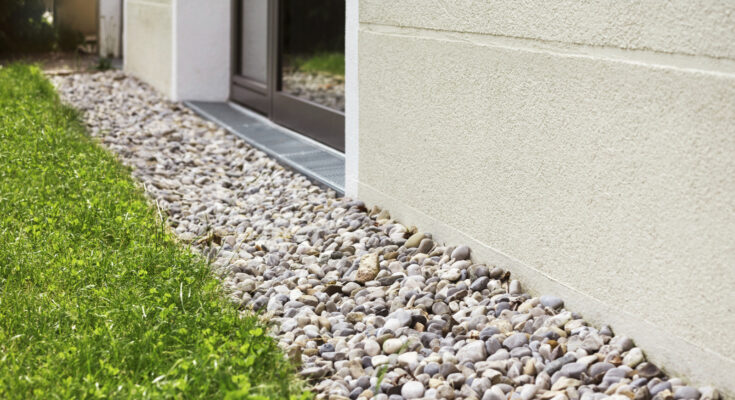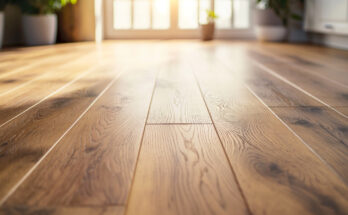Check Your Gravel Beds To Make Sure You Don’t Have This Disastrous Pest Problem
Using gravel beds around a home’s foundation has become popular for several reasons. It looks good, it’s easy to look after, and it won’t get blown or washed away (which can happen with mulch). It’s one of a number of gravel ideas for a more sustainable yard, and when done properly, it can also improve drainage. However, simply pouring a few inches of gravel on top of dirt is not only a waste of time — it could provide the ideal environment for that most disastrous of pest problems: termites.
The problem is not the gravel itself but the moisture that gets trapped underneath. Perhaps surprisingly, a study by the University of Maryland found that in some circumstances the ground under pea gravel could actually be wetter than under bark mulch. Moist soil creates the perfect conditions for termites to breed just inches from where they can attack your home. Infestations can not only lead to catastrophic damage to floors, joists, and beams, but termites also carry fungi that can cause respiratory infections. Although most fit people can fight these infections off, they are a real hazard to those with weakened immune systems.
This doesn’t mean gravel beds are a bad idea. There are mistakes everyone makes when using gravel in landscaping, but most are easy to avoid. With a little planning, you can have the benefits of gravel and dramatically reduce the chances of a termite pest problem. So, let’s look at a couple of ways to do that, and ensure the safety of you and your property.
How to ensure your gravel doesn’t harbor destructive termites
If the ground is dry or drains efficiently, it will be much less likely to attract termites. So, the key to success is preventing the gravel from trapping moisture underneath. Perhaps the best way to do this, and also ensure water doesn’t seep into your home’s foundations, is to build a French drain, then cover the parts nearest to the house with gravel beds. It is quite an involved process, so you may want to investigate what a French drain is and whether you need one.
Pest control experts recommend keeping the thickness of gravel to a couple of inches or less so moisture can evaporate naturally. Using river rocks, marble chips, or other aggregates that are larger than pea gravel can also help the drying and drainage processes. Laying landscape fabric underneath gravel is often suggested to help control weeds and keep the gravel from sinking into the soil. However, one of its benefits for gardening is that it helps retain moisture. So while that’s great for plants, it’s not what we want in this case.
Most damage is caused by subterranean termites. Although they eat wood, they live in the ground. So, it’s important to inspect the soil and any gravel beds around your home regularly so you can spot termite colonies, and deal with them before they develop into a real threat.



